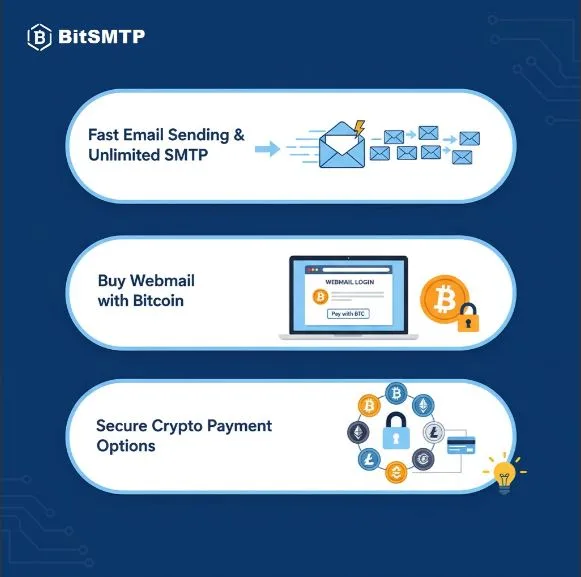Why IBM zSeries Still Leads the Pack in Enterprise Computing
In an era where cloud-native systems, distributed computing, and agile technologies dominate conversations, it’s easy to assume mainframes have lost their relevance. Yet, the IBM zSeries continues to stand tall in the enterprise computing space, offering unmatched performance, security, and reliability that modern businesses still depend on.
Built for Mission-Critical Workloads
The IBM zSeries is designed to meet the needs of companies that need high availability and fault tolerance. Major banks, government agencies, insurance firms, and retail giants rely on zSeries systems for processing millions of transactions per day. These industries can’t afford downtime or data loss—two areas where zSeries systems excel. With capabilities like failover support, redundancy, and data recovery, IBM ensures consistent performance even under extreme loads.
Unmatched Processing Power
It is known that the IBM zSeries design can quickly handle a lot of data. While many platforms struggle with latency and concurrency, zSeries thrives in environments where real-time data processing is essential. For example, financial institutions use it to execute thousands of transactions per second without missing a beat. Its vertical scaling ability allows enterprises to expand capacity without a significant infrastructure overhaul, making it a highly cost-efficient solution in the long term.
Rock-Solid Security Framework
One of the defining features of the IBM zSeries is its robust security. With built-in features like pervasive encryption, compliance readiness, and secure service containers, zSeries systems are designed to protect sensitive data. In sectors such as healthcare, finance, and government, where regulatory compliance is critical, zSeries offers peace of mind. Organizations can encrypt all data—at—rest and in motion, without impacting performance, which is a key differentiator from many distributed systems.
Flexibility and Modernization
Despite its roots in traditional computing, the IBM zSeries is anything but outdated. Modern zSeries models support Linux, containerized applications, and even hybrid cloud deployments. This makes it easier for organizations to integrate legacy applications with cloud-native services, enabling a smoother transition toward digital transformation. Additionally, with tools like IBM Z Open Development, businesses can modernize their development environments and leverage DevOps practices, even on the mainframe.
Total Cost of Ownership (TCO)
There’s a misconception that mainframes like the IBM zSeries are prohibitively expensive. However, when evaluating the total cost of ownership, including downtime costs, hardware lifecycle, maintenance, and staffing, zSeries systems often emerge as more cost-effective than sprawling server farms or constantly scaling cloud infrastructure. Their ability to consolidate workloads on fewer machines, coupled with unparalleled uptime, translates into substantial long-term savings.
Enterprise Trust and Longevity
Another reason the IBM zSeries leads the pack is its long-standing trust and proven reliability. For decades, it has powered some of the world’s most demanding workloads without compromising on performance or security. Unlike rapidly changing tech trends, the zSeries evolves steadily, providing enterprises with a stable platform they can build upon for years.
Conclusion
While newer technologies often steal the spotlight, the IBM zSeries quietly continues to be the workhorse behind many of the world’s most crucial operations. Its combination of power, resilience, security, and flexibility makes it a gold standard in enterprise computing. As organizations navigate increasing data complexity and the pressure to modernize without risk, the IBM zSeries remains an indispensable asset, leading the pack with both legacy strength and future-ready innovation.



